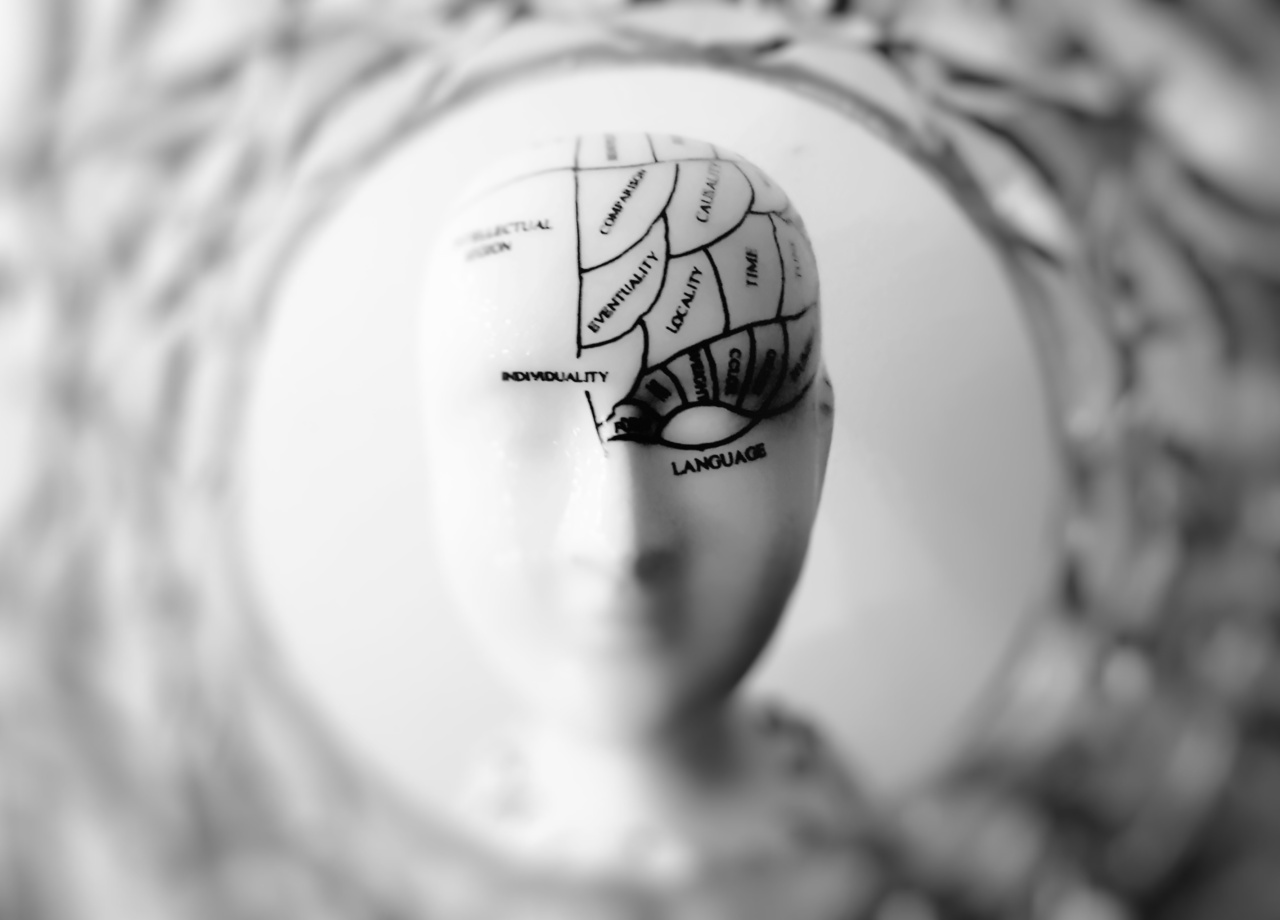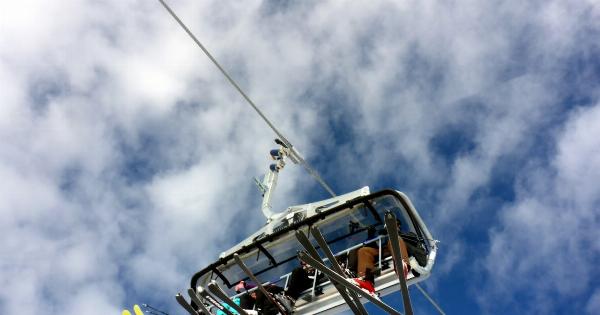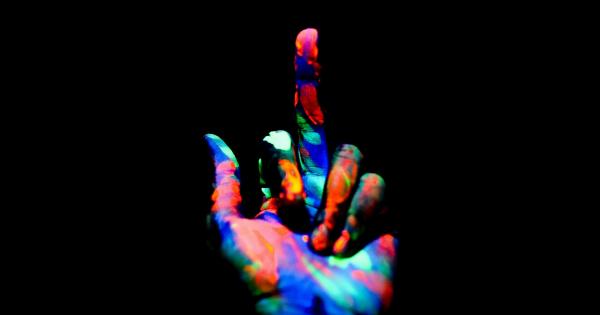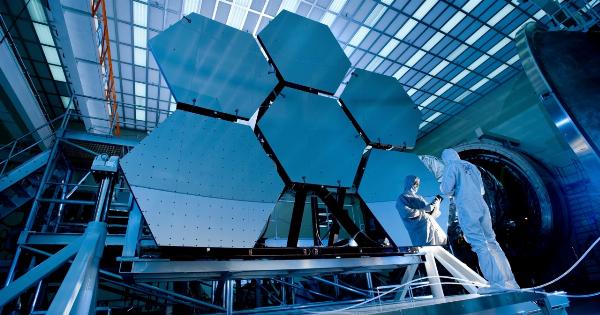Selfless behavior, also known as prosocial behavior, refers to actions that are performed to benefit others without any expectation of personal gain or reward.
It involves acts such as helping, sharing, and cooperating with others, often at a cost to oneself. While selflessness is a fundamental aspect of human nature, scientists have been curious to understand the underlying mechanisms in the brain that drive this altruistic behavior.
In recent years, various studies utilizing neuroimaging techniques have shed light on the brain regions involved in selfless behavior.
The Prefrontal Cortex
One of the key brain regions involved in selfless behavior is the prefrontal cortex (PFC).
The PFC is located at the frontal lobe of the brain and is responsible for higher cognitive functions such as decision-making, impulse control, and social behavior. Research has shown that specific areas within the PFC, such as the dorsolateral PFC and the ventromedial PFC, play a crucial role in selflessness.
The Anterior Cingulate Cortex
Another important brain region implicated in selfless behavior is the anterior cingulate cortex (ACC).
The ACC is situated in the medial frontal lobe and is involved in various cognitive processes, including empathy, emotion regulation, and conflict monitoring. Studies have demonstrated that the ACC is activated when individuals engage in selfless acts, suggesting its involvement in prosocial behavior.
The Ventral Striatum
The ventral striatum, a region located deep within the brain, has also been found to play a role in selfless behavior. This area is part of the brain’s reward system and is associated with the experience of pleasure and reinforcement.
Research has shown that when individuals engage in altruistic acts, the ventral striatum is activated, indicating that it may contribute to the intrinsic rewards associated with selflessness.
The Temporal Parietal Junction
The temporal parietal junction (TPJ) is another brain region that has been implicated in selfless behavior.
The TPJ is located at the intersection of the temporal and parietal lobes and is involved in various social cognitive processes, such as perspective-taking and understanding others’ mental states (also known as theory of mind). Studies have revealed that activity in the TPJ is correlated with altruistic behavior, suggesting its involvement in selflessness.
The Oxytocin System
The neurochemical oxytocin, often referred to as the “love hormone,” has been linked to selfless behavior. Oxytocin is released in the brain in response to social interactions and has been shown to increase trust, empathy, and cooperation.
Studies have found that administering oxytocin can enhance selfless behavior in individuals, further highlighting its role in fostering prosocial actions.
The Mirror Neuron System
The mirror neuron system (MNS) is a network of brain regions that becomes activated both when an individual performs an action and when they observe someone else performing the same action.
This system is thought to play a fundamental role in imitation and empathy. Recent studies have suggested that the MNS may also be involved in selfless behavior by facilitating the understanding and sharing of others’ experiences, ultimately promoting altruistic acts.
The Insula
The insula is a region tucked deep within the cerebral cortex and is involved in various bodily sensations and emotional experiences. Recent research has implicated the insula in selfless behavior, particularly in relation to the experience of empathy.
Activation of the insula has been observed when individuals empathize with others’ distress, which can motivate helping behavior and acts of kindness.
The Amygdala
The amygdala is a small almond-shaped structure located deep within the brain and is mainly associated with processing emotions, particularly fear and threat detection.
While the amygdala’s primary role may seem contrasting to selfless behavior, recent studies have indicated its involvement in prosocial actions. The amygdala has been found to modulate the perception and salience of emotionally charged stimuli, which can influence altruistic responses.
The Hippocampus
The hippocampus, a region crucial for memory formation and spatial navigation, has also been linked to selfless behavior. Studies have shown a positive association between hippocampal volume and altruistic tendencies.
The hippocampus is thought to play a role in recalling social experiences, promoting empathy, and facilitating the formation of social bonds, which can contribute to selfless actions.
Conclusion
Selfless behavior is a complex and multifaceted aspect of human nature that involves the interplay of various brain regions.
The prefrontal cortex, anterior cingulate cortex, ventral striatum, temporal parietal junction, oxytocin system, mirror neuron system, insula, amygdala, and hippocampus all contribute to the cognitive and emotional processes underlying altruistic acts. Understanding the neural mechanisms involved in selflessness can help us comprehend why humans are inclined to engage in prosocial behavior and potentially develop interventions to enhance kindness and empathy in society.






























